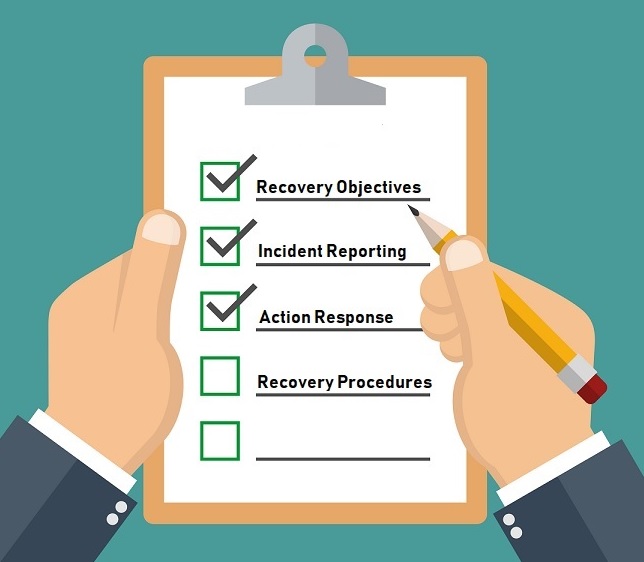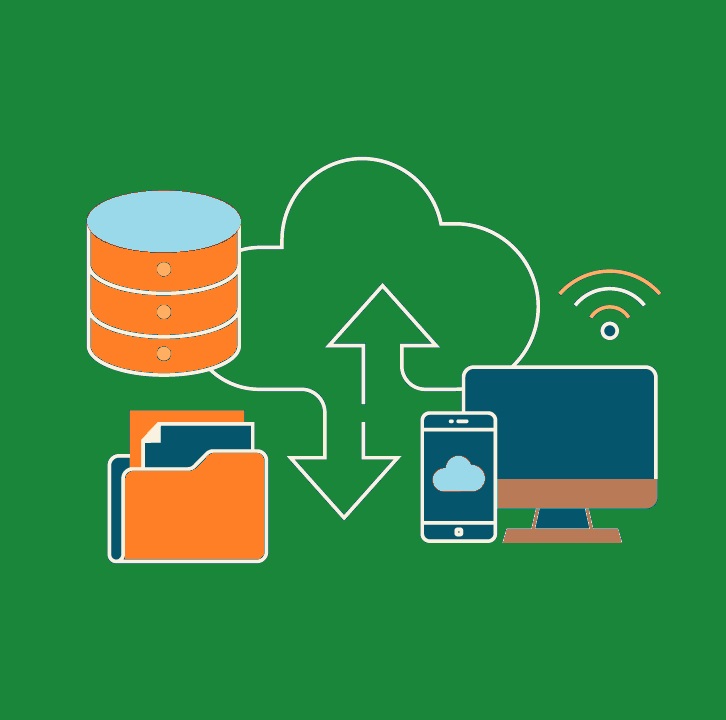
Essential Network Disaster Recovery Plan Checklist;

In the ever-evolving digital landscape of today, the imperative of understanding and implementing effective disaster recovery measures has never been more crucial. As businesses navigate a terrain rife with potential threats and vulnerabilities, the ability to anticipate, respond to, and recover from disruptions stands as a linchpin for their sustained success. This discourse embarks on a journey to explore the nuances of disaster recovery planning, elucidating the significance of a comprehensive strategy.
From risk assessments and communication plans to data backup strategies and collaborative recovery teams, each facet contributes to a resilient framework that safeguards business operations.
Join us in delving into the intricacies of disaster recovery, where meticulous planning and proactive measures pave the way for a robust shield against the uncertainties of the digital era.
Understanding Disaster Recovery
In the contemporary digital landscape, a profound comprehension of disaster recovery is of paramount importance. This entails a comprehensive understanding of the potential threats and vulnerabilities that businesses may face in the digital realm. It is crucial to recognise that disaster recovery is not solely about reacting to unforeseen events but involves proactive planning to ensure a swift and effective response when crises occur.
Importance of a Comprehensive Plan
A comprehensive disaster recovery plan serves as a robust shield against disruptions, functioning as a safeguard for the continuous operation of business activities. This involves meticulously outlining strategies, procedures, and protocols to be implemented in the event of a disaster, be it natural or man-made. The significance of a detailed plan becomes evident in its ability to mitigate risks, minimise downtime, and expedite the recovery process, ultimately contributing to the long-term sustainability of business operations.
Conducting Risk Assessments
Conducting thorough risk assessments is a fundamental step in disaster recovery planning. This involves the identification of potential risks that could pose a threat to business operations. By pinpointing vulnerabilities and prioritising them based on their potential impact, organisations can develop a targeted and effective recovery strategy. Risk assessments provide the insight needed to allocate resources efficiently and focus efforts on the most critical areas of vulnerability.
Creating a Communication Plan
Effective communication is a linchpin during crises, and developing a clear communication plan is imperative. This plan should outline communication channels, protocols for disseminating information to stakeholders, and strategies for maintaining coordination during recovery efforts. A well-structured communication plan ensures that all relevant parties are kept informed, reducing confusion and enabling a more coordinated response to the unfolding situation.
Data Backup Strategies

The exploration of robust data backup strategies is essential to safeguard critical information. Regularly backing up data ensures that even in the event of a disaster, minimal data loss occurs. This not only protects valuable information but also expedites the recovery process by providing a reliable source for restoring essential data and systems.
Testing and Simulation
Regularly testing and simulating disaster scenarios are pivotal aspects of refining a recovery plan. This proactive approach allows organisations to identify potential weaknesses in their strategies, fine-tune processes, and familiarise team members with their roles and responsibilities during a crisis. The adage “practice makes perfect” holds true, and a well-practised team is better equipped to respond promptly and effectively to any unforeseen event.
Vendor and Supplier Coordination
Collaboration with vendors and suppliers is crucial to ensuring a unified approach to recovery. Establishing clear lines of communication and contingency plans is essential to address potential disruptions in the supply chain. Coordinated efforts with external partners contribute to a more comprehensive and resilient recovery strategy.
Legal and Compliance Considerations
Seamless navigation of legal and compliance considerations is vital in the development of a disaster recovery plan. This entails ensuring that the plan aligns with industry regulations and legal requirements. Compliance not only mitigates the risk of legal complications but also enhances the overall effectiveness of the recovery efforts.
Collaborative Recovery Teams
The assembly of dedicated recovery teams with well-defined roles is paramount. These teams should be composed of individuals with specific expertise and responsibilities related to the recovery process. Collaborative efforts among team members streamline the recovery process, ensuring a faster return to normal business operations.
Physical Security Measures
In addition to digital safeguards, incorporating physical security measures is essential. This includes measures such as securing physical infrastructure, restricting access to critical areas, and implementing surveillance systems. Physical security measures complement digital safeguards, creating a holistic approach to safeguarding business operations from various potential threats.
FAQs
Q: How often should I update my disaster recovery plan?
A: Regularly update your plan at least annually, or whenever significant changes occur in your network infrastructure.
Q: Are cloud-based recovery solutions secure?
A: Yes, when implemented correctly. Choose reputable providers with robust security measures in place.
Q: Can I rely solely on insurance for recovery?
A: Insurance is crucial, but it shouldn’t be your sole reliance. Combine it with a comprehensive recovery plan for optimal protection.
Q: What role do employees play in disaster recovery?
A: Employees are vital. Conduct regular training to ensure they understand their roles and responsibilities during recovery efforts.
Q: Is it necessary to involve legal experts in the recovery plan?
A: Yes, legal experts can help ensure your plan complies with regulations, minimising legal complications during recovery.
Q: How can I assess the success of my recovery plan?
A: Regularly conduct post-recovery evaluations to identify strengths and areas for improvement in your plan.
Find Related Blogs
- Comprehensive IT and Network Disaster Recovery Plan Checklist.
- Disaster recovery plan checklist template for Small business.
- Disaster Recovery Plan template and Examples with Checklist.
Stay connected with EXCEED ICT
Stay connected with EXCEED ICT by joining our social networks (given at footer). Get the latest updates, news, and tips for enterprise device deployment. Follow us on Twitter, Facebook, and LinkedIn for the best enterprise device deployment solutions.
Help us to improve our enterprise by rating us on Google Maps. Your feedback and comments are valuable to us and will be used to make our services even better.



